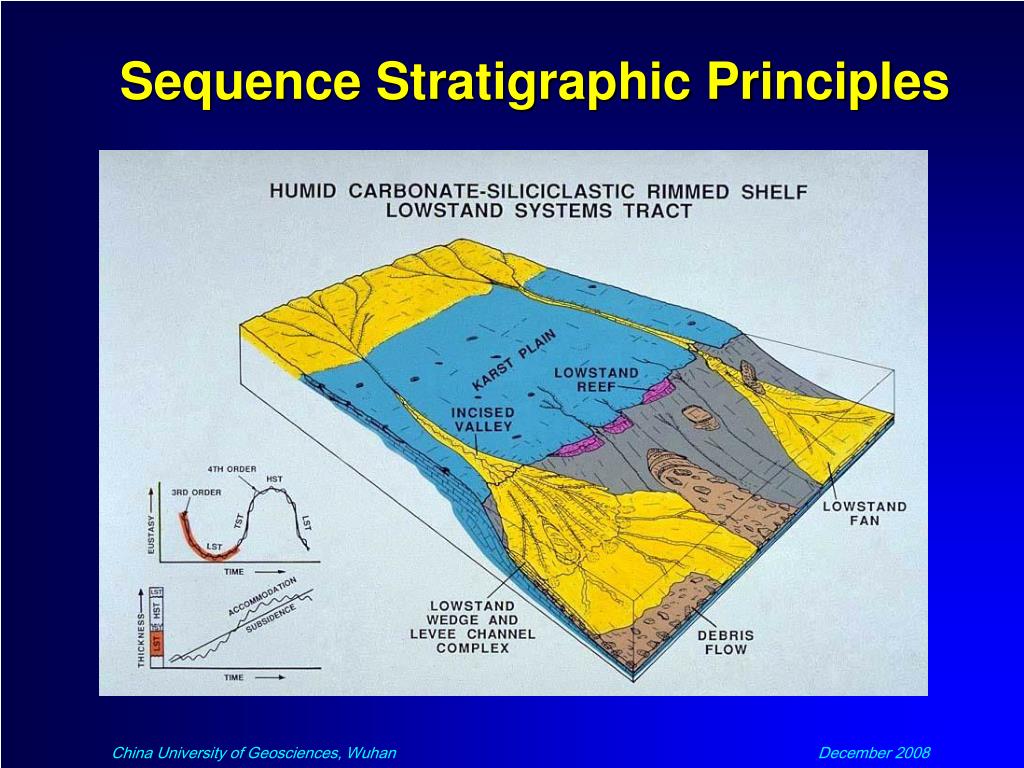

Sequence and 4) the Bent Spring Sequence. This investigation presents regional seismic facies – environment of deposition maps for the five youngest sequences: 1) the Dominquez Sequence 2) the Mesa Sequence 3) the Pacific Sequence the Harbor These sequences were first described by Ponti and others (2007), and the implications for sea water intrusion was discussed by Edwards and others (2009a). Long Beach area of the Los Angeles Basin. Properties data derived from the geophysical measurements.īy constructing a series of seismic reflection and well log cross sections (presented as sheets), this investigation further defines and delineates ten sequences of Late Pliocene to Holocene age in the Wilmington – Sequence stratigraphy is shown to define pathways for saltwater intrusion into freshwater coastal aquifers by integrating preexisting data with (1) the new borehole observations and (2) structural and physical Investigation of the Wilmington – Long Beach area by integrating data from new exploratory research boreholes, marine reflection seismic, vintage land reflection seismic, and high-resolution gravity measurements. Geological Survey (USGS), in cooperation with Los Angeles County Department of Public Works (LACDPW) and the Water Replenishment District of Southern California (WRDSC) completed an ByĮvaluating subsurface data using sequence stratigraphy, the geometry and distribution of aquifer and aquitard sediments are linked to the original depositional processes that formed the sediments. The state-of-the-art method for delineating reservoir geometry and continuity in the petroleum industry, is now being incorporated into ground water resource assessments and environmental investigations. Groundwater provides more than one-third of the municipal water supply for the coastal Los Angeles Basin and defining the aquifer architecture is a high priority for ground-water managers.


 0 kommentar(er)
0 kommentar(er)
